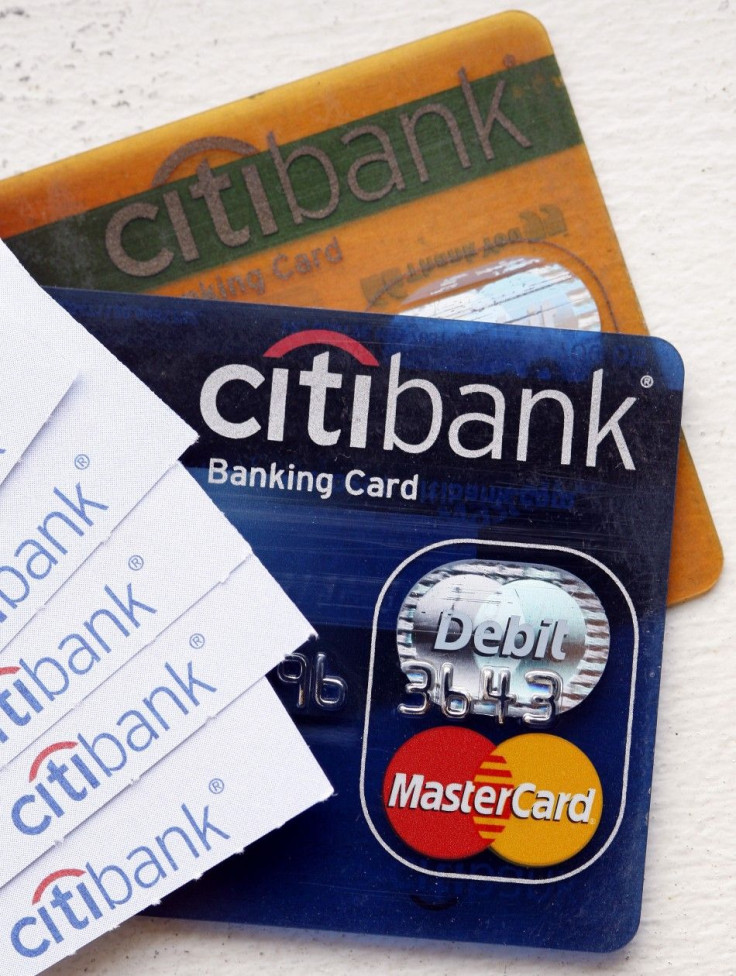Credit Card Debt Outweighs Emergency Savings for Many Americans

Many Americans have racked up big credit card debts, but an almost equal number have no money or very little money set aside at all for emergencies.
Only 54 percent of Americans have more emergency savings than credit card debt, according to a February study by Bankrate.com that was released on Tuesday. This includes 25 percent of Americans, who have more credit card debt than emergency savings, and 16 percent, who have no credit card debt and no emergency savings.
"For years, America was a nation of spenders rather than savers," Bankrate Senior Financial Analyst Greg McBride said in an interview, noting that the lack of emergency savings was a problem, even before the recession.
"But people didn't give a second thought to emergency savings when the appreciation in their homes was doing the savings for them," he said.
Issues such as "long-term unemployment, stagnant wage growth and rising household expenses" contribute to the trend of high credit card debt compared to emergency savings, the study points out.
David Flores, a group manager with credit counseling firm GreenPath, said in an interview that many of the people who use credit counseling services are also people who attempt to accumulate money in their savings accounts. But many of the people who need credit counseling are people who lost their jobs in the recession but didn't necessarily cut back on spending. After going through emergency savings, and even retirement savings, many people resorted to using credit.
"People used credit cards to hold off the inevitable; to cut spending," Flores said.
The study found retirees, college graduates and those with a household income of at least $75,000 a year were the most likely to have more emergency savings than credit card debt, while parents were the most likely to have more credit card debt than emergency savings.
People with a high school education or less, those with a household income of less than $30,000, and the unemployed were the most likely to have neither emergency savings nor credit card debt, which McBride attributes to the lack of available credit for some of these individuals.
McBride generally recommends having emergency savings to cover at least six months of living expenses in order to cover unplanned expenses and changes in a person's financial situation, although he recommends that more for those who are self-employed or who are the sole breadwinners. However, McBride said only 24 percent of Americans meet that threshold.
For those with high credit card debt, the need to bolster emergency savings becomes even more imperative, Flores said. He counsels clients not to use existing credit cards or open new lines of credit while trying to pay off large amounts of debt. An emergency savings will better allow those people to take on unexpected expenses without taking on more debt.
"It is critical that people learn to pay themselves," Flores said.
Consumer credit outstanding was more than $2.5 trillion at year-end 2011, according to the U.S. Federal Reserve. Nearly $828 billion of that is revolving credit, most of which is credit card debt.
This article has been updated to provide comments from Bankrate.com's Greg McBride and GreenPath's David Flores.
© Copyright IBTimes 2025. All rights reserved.





















